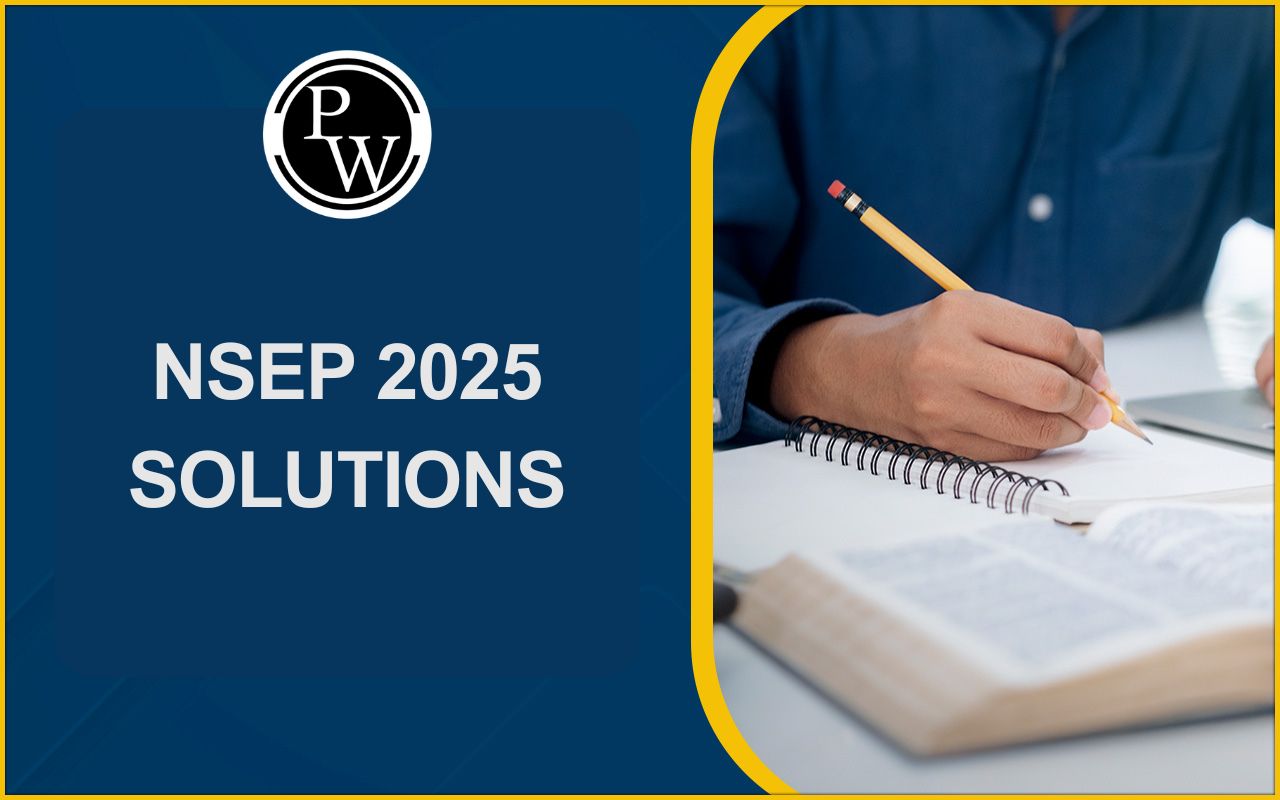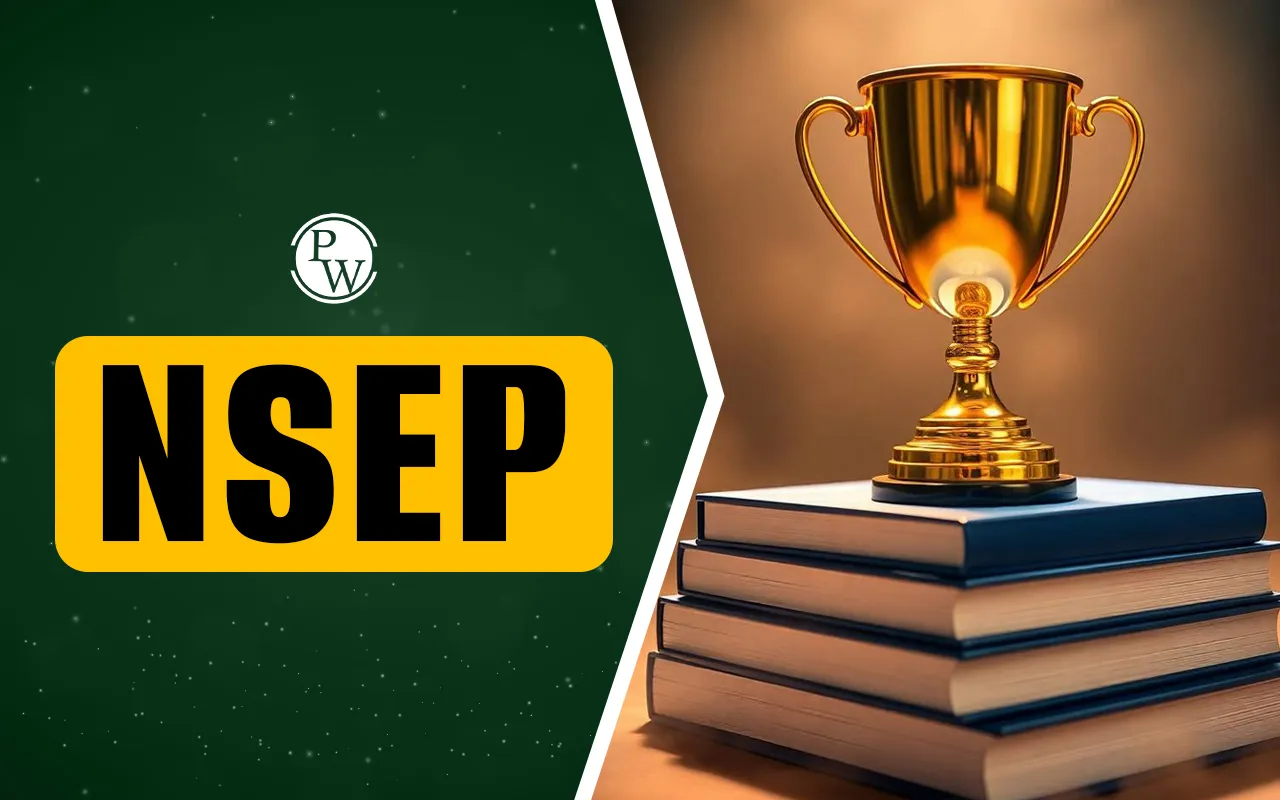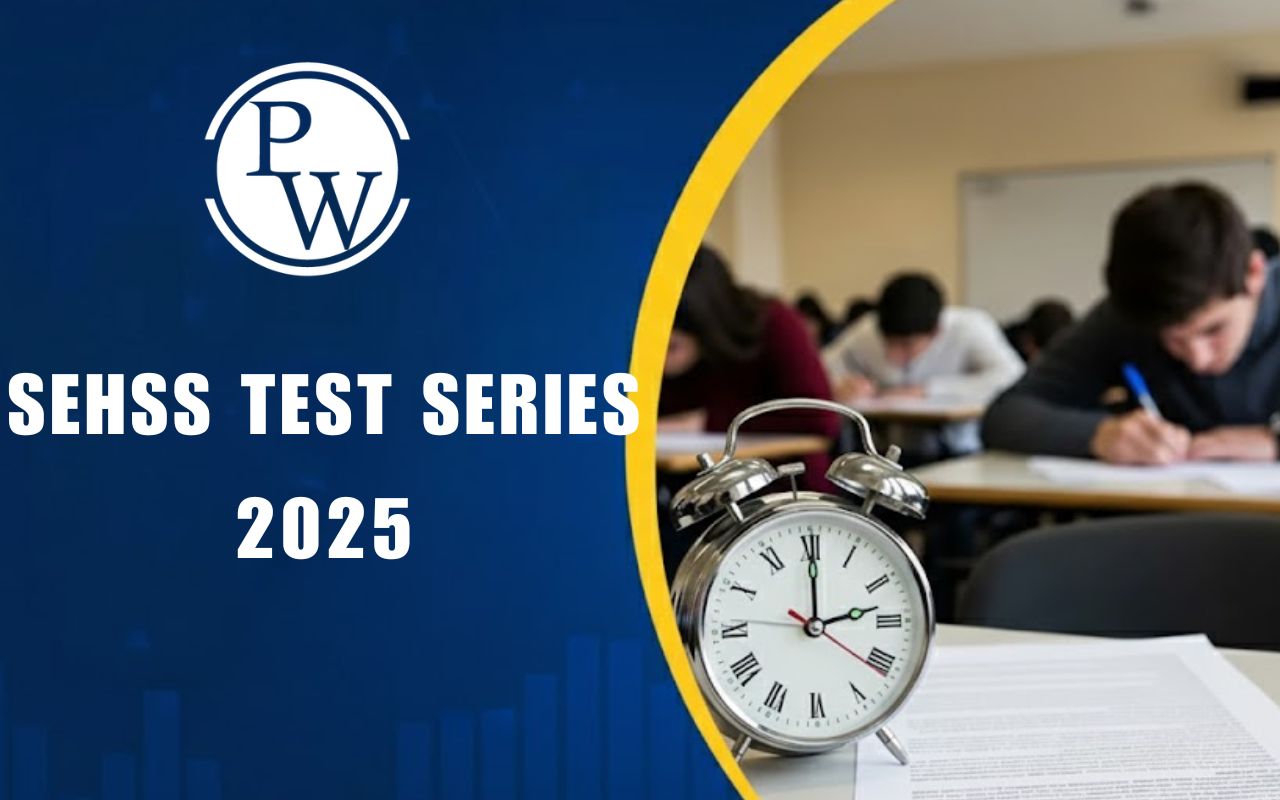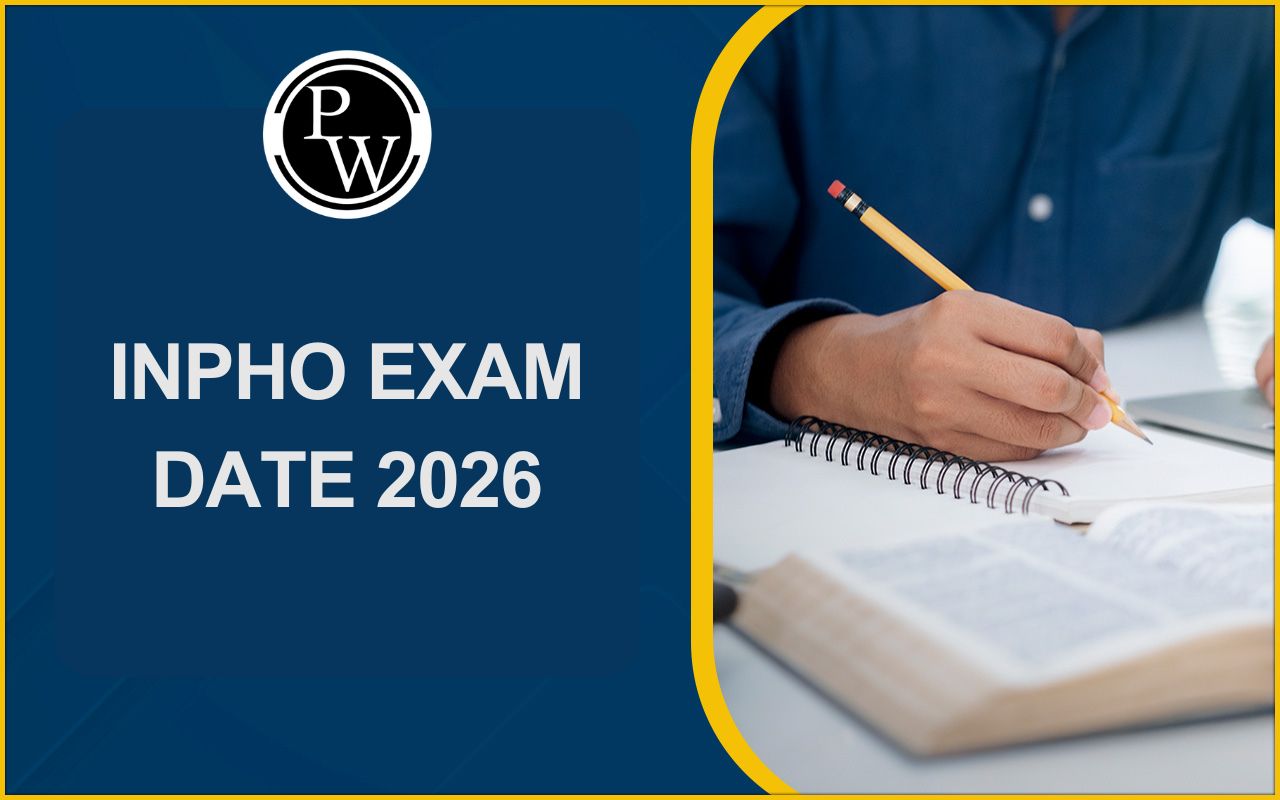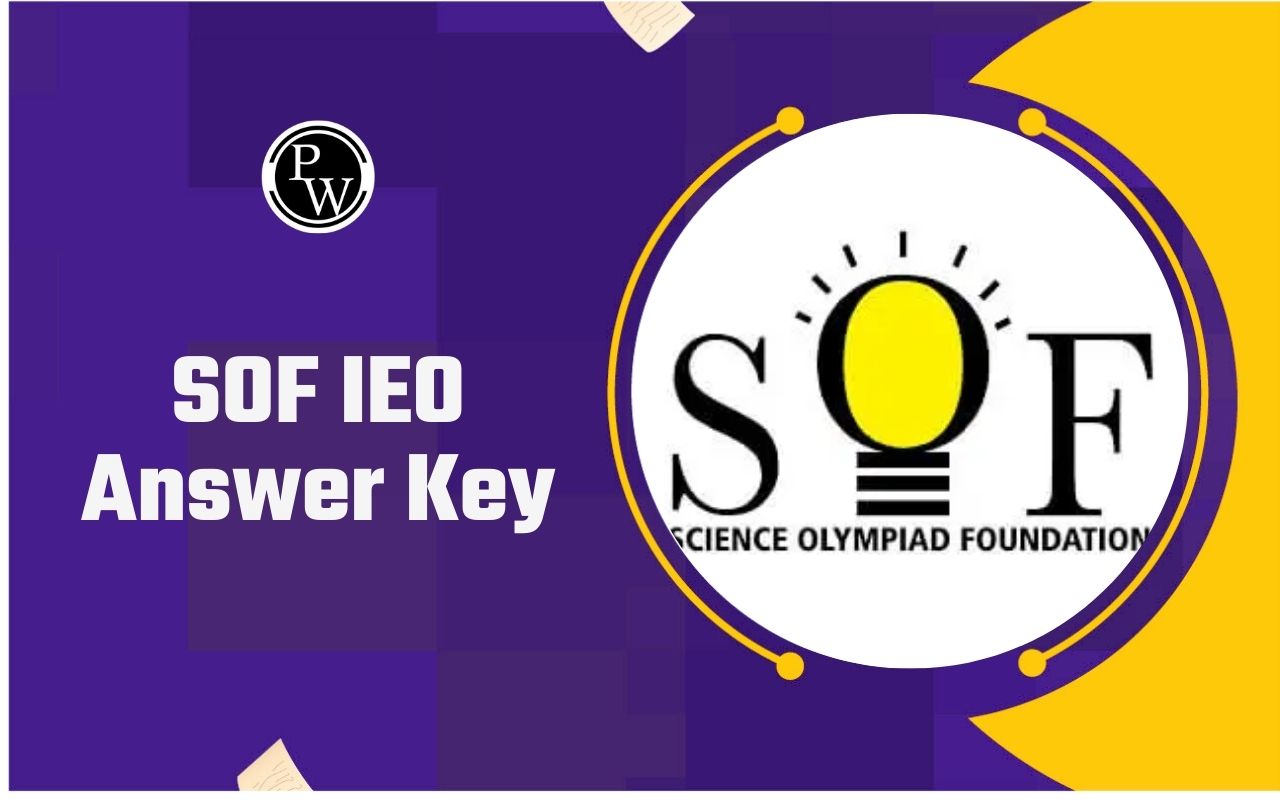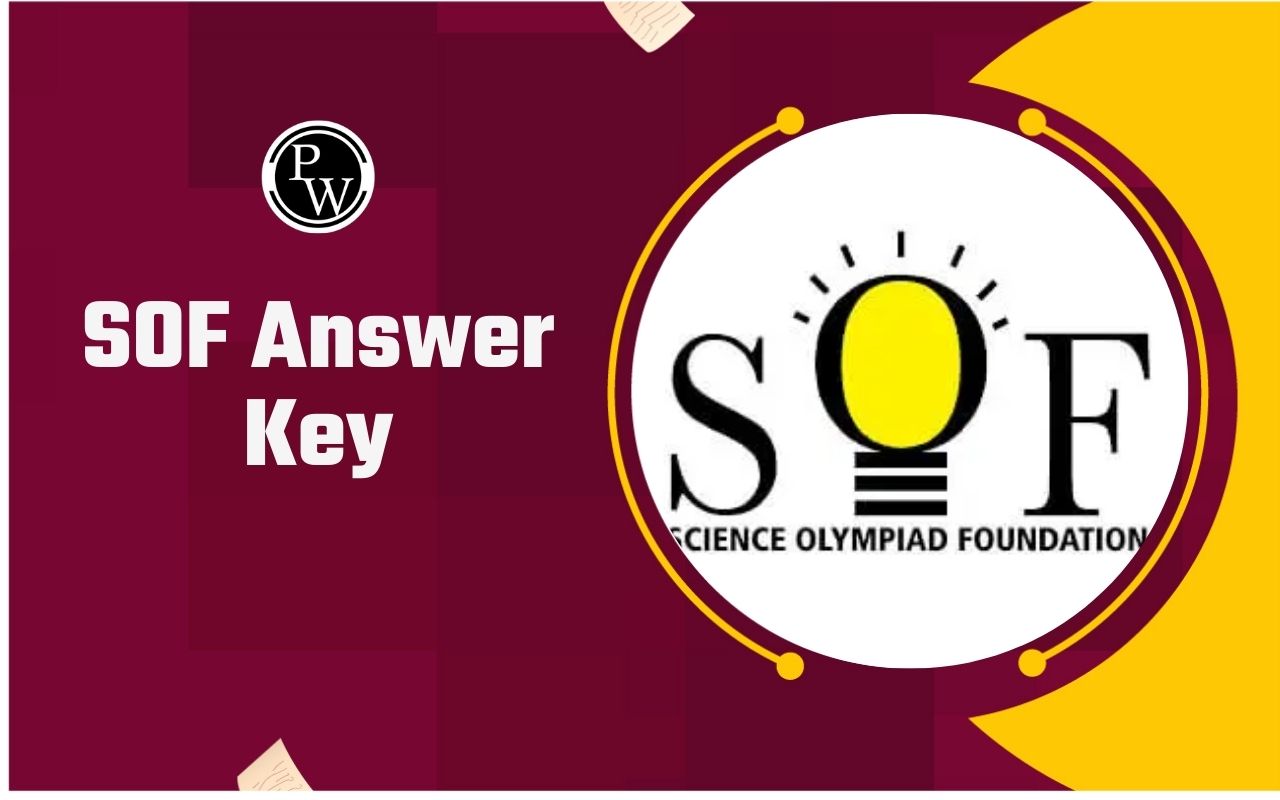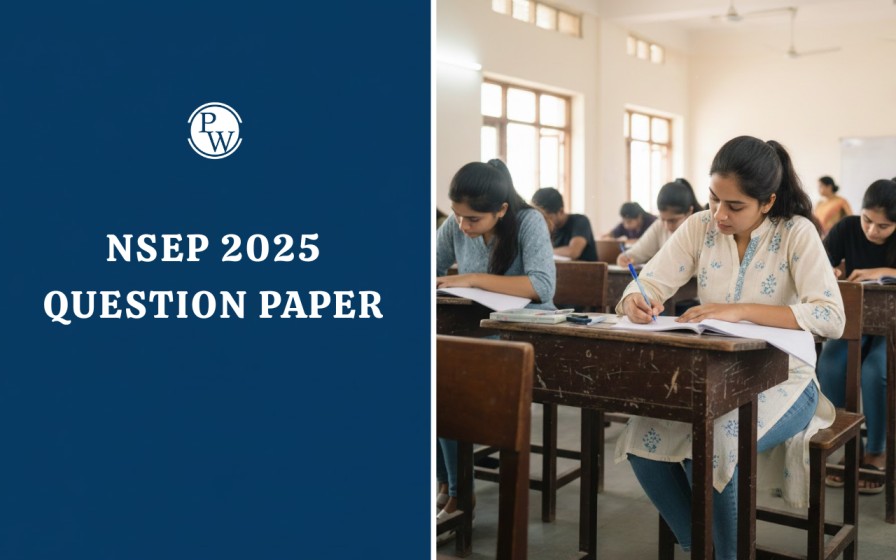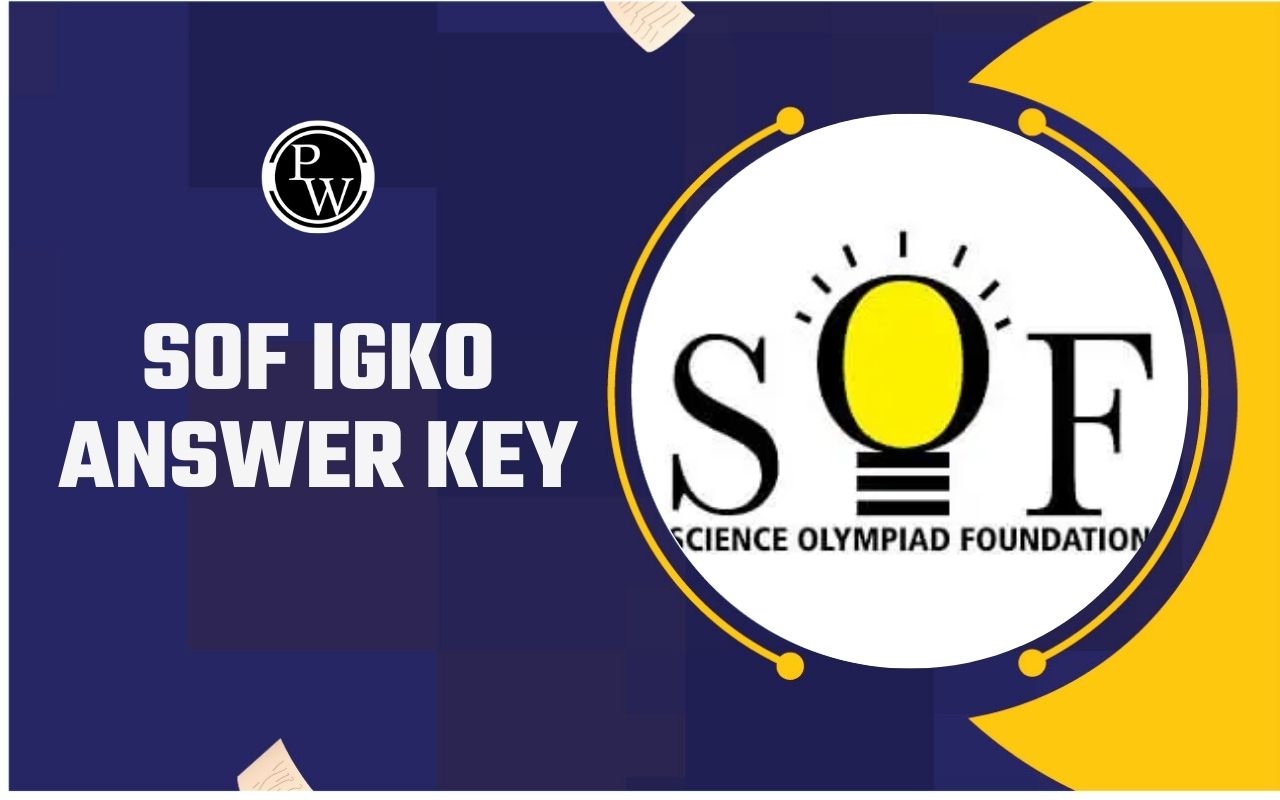
INJSO Syllabus 2024-25 : The Indian National Junior Science Olympiad (INJSO) conducted by IAPT is a national-level examination for students in secondary school to identify and nurture young scientific talent in India. INJSO Syllabus 2024-25 for candidates includes subjects from physics, chemistry and biology. INJSO Junior Science Syllabus 2024-25 contains subjects of CBSE Class 9 and 10 Science Syllabus.
The top 300 kids nationwide who place first in the NSEJS advance to the Indian National Jr. Science Olympiad (INJSO), which is run by IAPT. The INJSO exam consists of 35 multiple-choice questions . The Indian National Junior Science Olympiad Examination schedule has been announced by officials, the INJSO Exam 2025 is going to be held on 1st February 2025 . Read below to get the details of the INJSO Syllabus.INJSO Syllabus 2024-25
This INJSO syllabus covers the core subjects required for INJSO 2024-25 and ensures a comprehensive understanding of various scientific concepts. Students should check carefully before applying for INJSO 2024 and ensure that they meet all the eligibility criteria. This is the second step towards the International Junior Science Olympiad (IJSO) selection process.INJSO Previous Year Question Papers
This will help to avoid any problems that may arise during selection. You will be guided through the INJSO Exam Pattern, question types and effective strategies. In the table below, we have provided an overview of the INJSO Syllabus 2024.| INJSO Syllabus 2024-25 Overview | |
| Organization | IAPT (Indian Association of Physics Teachers) in collaboration with HBCSE (Homi Bhabha Centre for Science Education), |
| Exam Name | Indian National Junior Science Olympiad (INJSO) |
| INJSO 2024-25 Exam Date | 1st February 2025 (1.30 pm to 4.30 pm) |
| Mode of Exam | Pen and Paper Mode |
| Duration of INJSO Exam | 3 Hours (180 Minutes) |
| Type of Questions | Multiple Choice Questions |
| Total Number of Questions | 35 |
| Official Website | https://www.iapt.org.in/ |
INJSO Syllabus
Basic facility with mathematical ideas and operations taught till Class 10 under the following topics is expected:
Polynomials; Linear equations; Quadratic equations; Number systems; Triangles; Trigonometry; Circles; Surface areas and volumes; StatisticsIn addition, general understanding of Science and Mathematics topics studied till Class 8 is expected.
I. Matter-Nature and Behaviour
Definition of matter; solid, liquid and gas; characteristics – shape, volume, density; change of state-melting (absorption of heat), freezing, evaporation (cooling by evaporation), condensation, sublimation.Nature of matter: Elements, compounds and mixtures; heterogeneous and homogeneous mixtures, colloids and suspensions; solutions, concentration of solutions; separation of components of a mixture.
Particle nature, basic units: Atoms and molecules, law of constant proportions, atomic and molecular masses; mole concept: relationship of mole to mass of the particles and numbers.
Structure of atoms: Electrons, protons and neutrons; valency, chemical formula of common compounds; isotopes and Isobars.
II. Chemical Substances – Nature and Behaviour
Chemical reactions: Chemical equation, balanced chemical equation, implications of a balanced chemical equation; types of chemical reactions: combination, decomposition, displacement, double displacement, precipitation, neutralization, oxidation and reduction.
Acids, bases and salts: Their definitions in terms of furnishing of H + and OH – ions; general properties, examples and uses, concept of pH scale, importance of pH in everyday life; preparation and uses of sodium hydroxide, bleaching powder, baking soda, washing soda and Plaster of Paris.
Metals and nonmetals: Properties of metals and non-metals; reactivity series; formation and properties of ionic compounds; basic metallurgical processes; corrosion and its prevention.
Carbon compounds: Covalent bonding in carbon compounds; versatile nature of carbon; homologous series; nomenclature of carbon compounds containing functional groups (halogens, alcohol, ketones, aldehydes, alkanes and alkynes), difference between saturated hydrocarbons and unsaturated hydrocarbons; chemical properties of carbon compounds (combustion, oxidation, addition and substitution reaction), ethanol and ethanoic acid (only properties and uses), soaps and detergents.
Periodic classification of elements: Need for classification, early attempts at classification of elements (Dobereiner’s Triads, Newland’s Law of Octaves, Mendeleev’s Periodic Table), modern periodic table, gradation in properties, valency, atomic number, metallic and non-metallic properties.
III. Organization in the Living World
Cell – Basic Unit of life: Cell as a basic unit of life; prokaryotic and eukaryotic cells, multicellular organisms; cell membrane and cell wall, cell organelles and cell inclusions; chloroplast, mitochondria, vacuoles, endoplasmic reticulum, Golgi apparatus; nucleus,
chromosomes – basic structure, number.Tissues, Organs, Organ System, Organism: Structure and functions of animal and plant tissues.
Biological Diversity: Diversity of plants and animals-basic issues in scientific naming, basis of classification. Hierarchy of categories / groups, Major groups of plants (salient features) (Bacteria, Thallophyta, Bryophyta, Pteridophyta, Gymnosperms and Angiosperms). Major groups of animals (salient features) (Non-chordates upto phyla and chordates upto classes).
Health and Diseases: Health and its failure; infectious and non-infectious diseases, their causes and manifestation; diseases caused by microbes (virus, bacteria and protozoans) and their prevention; principles of treatment and prevention; Pulse Polio programmes.
IV. Life Processes
Basic concept of nutrition, respiration, transport and excretion in plants and animals.Control and coordination in animals and plants: Tropic movements in plants; introduction of plant hormones; control and coordination in animals: nervous system; voluntary, involuntary and reflex action; chemical coordination: animal hormones.
Reproduction: Reproduction in animals and plants (asexual and sexual) reproductive health-need and methods of family planning; safe sex vs HIV/AIDS; child bearing and women’s health.
Heredity and Evolution: Heredity; Mendel’s contribution: Laws for inheritance of traits: sex determination: brief introduction; basic concepts of evolution.
V. Motion, Force and Work
Motion: Distance and displacement, velocity; uniform and non-uniform motion along a straight line; acceleration, distance-time and velocity-time graphs for uniform motion and uniformly accelerated motion, derivation of equations of motion by graphical method; elementary idea of uniform circular motion.
Force and Newton’s laws : Force and motion, Newton’s laws of motion, action and reaction forces, inertia of a body, inertia and mass, momentum, force and acceleration. elementary idea of conservation of momentum.
Gravitation: Gravitation; Universal law of gravitation, force of gravitation of the earth (gravity), acceleration due to gGravity; mass and Weight; free fall.
Floatation: Thrust and pressure. Archimedes’ principle; buoyancy; elementary idea of relative density.
Work, energy and power: Work done by a force, energy, power; kinetic and potential energy; law of conservation of energy.
Sound: Nature of sound and its propagation in various media, speed of sound, range of hearing in humans; ultrasound; reflection of sound; echo and SONAR. Structure of the human ear (auditory aspect only).
VI. Effects of Current
Electric current, potential difference and electric current. Ohm’s law; resistance, resistivity, factors on which the resistance of a conductor depends. Series combination of resistors, parallel combination of resistors and its applications in daily life. Heating effect of electric current and its applications in daily life. Electric power, interrelation between P, V, I and R.Magnetic effects of current : Magnetic field, field lines, field due to a current carrying conductor, field due to current carrying coil or solenoid; force on current carrying conductor, Fleming’s left hand rule, electric motor, Electromagnetic induction. induced potential difference, induced current. Fleming’s right hand rule, electric generator; direct current; alternating current: frequency of AC. Advantage of AC over DC. Domestic electric circuits.
VII. Light
Reflection of light by curved surfaces; images formed by spherical mirrors, centre of curvature, principal axis, principal focus, focal length, mirror formula (derivation not required), magnification. Refraction; laws of refraction, refractive index; Refraction of light by spherical lens; image formed by spherical lenses; lens formula (derivation not required); magnification. power of a lens. Functioning of a lens in the human eye, defects of vision and their corrections, applications of spherical mirrors and lenses. Refraction of light through a prism, dispersion of light, scattering of light, applications in daily life.VIII. Our Environment
Physical resources: Air, water, soil. Air for respiration, for combustion, for moderating temperatures; movements of air and its role in bringing rains across India. Air, water and soil pollution (brief introduction). Holes in ozone layer and the probable damages.
Biogeochemical cycles in nature: Water, Oxygen, Carbon and Nitrogen.
IX. Natural Resources
Sources of energy: Different forms of energy, conventional and non-conventional sources of energy: fossil fuels, solar energy; biogas; wind, water and tidal energy; nuclear energy. Renewable versus non-renewable sources of Energy.
Our environment: Eco-system, environmental problems, ozone depletion, waste production and their solutions. Biodegradable and non-biodegradable substances.
Management of natural resources: Conservation and judicious use of natural resources. Forest and wildlife; Coal and Petroleum conservation. Examples of people’s participation for conservation of natural resources. Big dams: advantages and limitations; alternatives, if any; water harvesting; sustainability of natural resources.
X. Food Production
Plant and animal breeding and selection for quality improvement and management; use of fertilizers and manures; protection from pests and diseases; organic farming.INJSO 2024-25 Exam Pattern
Section I of this INJSO 2024-25 consists of 15 questions.- For each question in this section, only one of the four options is a correct answer.
- For each question, a correct answer will earn 3 marks, a wrong answer will earn (−1) mark, and an un attempted question will earn 0 marks.
- If you mark more than one option, it would be treated as a wrong answer.
- For each of these questions one or more option(s) may be correct.
- You will get full credit for each question only if you mark all correct options and no wrong option. There are no partial marks for these 9 questions.
- For all the questions in this section, the process involved in arriving at the solution is more important than the final answer. Valid assumptions / approximations are perfectly acceptable. Please write your method clearly, explicitly stating all the reasonings/ assumptions / approximations.
- In case you fall short of writing space for any question, you can ask for an extra sheet. You can ask for maximum of two extra sheets.
INJSO 2024 Preparation Tips
- Make a study plan – Students are strongly encouraged to make a study plan so that they can complete the entire INJSO 2024 syllabus for class 9 and 10 not more than one month before the date of the test. As a result, students will have time to go through the INJOS Syllabus 2024-25 PDF.
- Use correct INJSO 2024 books as a guide: NCERT books are the best. Students should only use NCERT books to complete the entire syllabus of INJSO 2024 as these books contain all the information required to crack the exam.
- Make a note and revise INJSO syllabus- Once all the subjects are done properly, INJSO Syllabus 2024-25 should be revised. Students tend to easily overlook important concepts. However, updating them will help them remember all the important information for a long time.
- Solve Previous Year Papers – IAPT leaves no stone unturned to help students prepare for the exam and one of the best is to provide INJSO question papers and keys answer. To estimate the difficulty level of the exam, students can download INJSO question papers from the official IAPT website and practice. Students who complete these assignments will be familiar with the INJSO Syllabus 2024.
INJSO Syllabus 2024-25 FAQs
Q1. Where can I get the INJSO Syllabus 2024-25 & Exam Pattern?
Q2. What is the mode and duration of INJSO Exam 2024-25?
Q3. What is the difficulty level of INJSO 2024-25?
Q4. What is INJSO?
Q5. What are the Benefits of the INJSO Syllabus 2024-25?

